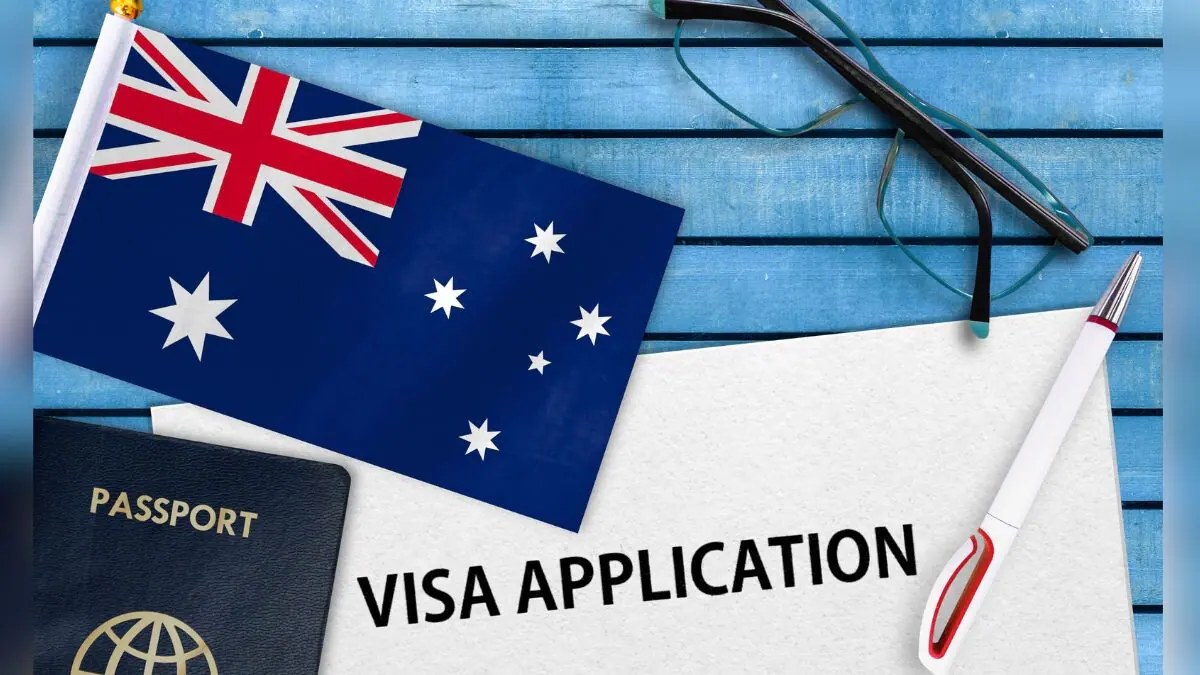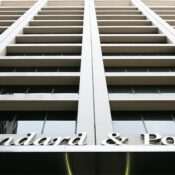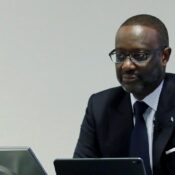
Australia will restrict the number of new international students enrolled in 2025 due to migration concerns
Australia will restrict the number of new international student enrolments to 270,000 in 2025 in order to alleviate infrastructure difficulties and reduce migration.
In an effort to reduce overall migration to pre-pandemic levels, Australia is to implement a restriction on new international student enrolments in 2025, restricting the number to 270,000.
The decision, which was announced by Education Minister Jason Clare, is designed to enhance the quality of the higher education sector and alleviate the impacts of record migration levels on housing and infrastructure.
With vocational education and training providers bearing the largest cuts, each higher education institution will be designated an individual cap. The tertiary education sector has vigorously opposed this initiative, referring to it as “economic vandalism” in light of the anticipated detrimental effects on the industry.
Australia is presently home to approximately 717,500 international students, as indicated by government statistics from the beginning of 2024. During the pandemic, the sector was significantly impacted by the return of foreign students and stringent border controls, which led to a decline in enrollments. However, the numbers have since rebounded, with international student enrollment at institutions now 10% higher than it was prior to the pandemic, and at private vocational providers, they have increased by 50%.
Minister Clare defended the limit, asserting that it would prevent certain providers from engaging in “unethical” practices, such as enrolling individuals who intend to work rather than study and accepting students without sufficient language skills. In addition to sanctions against “dodgy” providers, the government has already implemented more stringent English-language requirements and increased scrutiny of second study visa applications.
Australia’s education system is intended to be more sustainable and equitable, and the limit is one component of a broader set of reforms. Also, it is designed to alleviate the strain on infrastructure and accommodation, which has been further exacerbated by the high levels of migration.
The new policy will permit public universities to enroll 145,000 additional international students in 2025, thereby maintaining the levels of 2023. Vocational education and training institutions will be restricted to 95,000 new enrolments, while private universities and non-university higher education providers will be subject to a combined cap of 30,000.
Although the government has provided assurances, the higher education sector remains profoundly concerned. A Sydney University-commissioned report has warned that the cuts could cost the Australian economy $4.1 billion and result in 22,000 job losses in 2025. Critics contend that the limit will have severe economic consequences.
According to Vicki Thomson, the chief executive of a group that represents some of Australia’s most esteemed universities, the proposed laws are “interventionist” and “draconian,” and they constitute “economic vandalism.”
Clare rejected claims that the cap would devastate the sector, stating, “To create the impression that this is somehow tearing down international education is absolutely and fundamentally wrong.” He acknowledged the challenges faced by service providers. The economic impact was the subject of his concern.
He then emphasized that the reforms would guarantee the long-term sustainability of Australia’s international education market.
All Categories
Recent Posts
Tags
+13162306000
zoneyetu@yahoo.com



